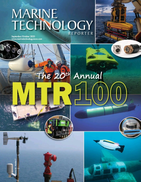Inspiring Future Ocean Explorers with Landers
The STEM Lander is a small free vehicle intended to introduce curious students to marine technology and ocean exploration. The basic unit drops to the seafloor up to 100-ft deep taking video images, then releases a weight to become buoyant and float back to the surface. A flag helps locate the lander on the surface. Submerged time is under 15 minutes.
Since its debut, the little untethered lander has turned into something extraordinary.
We first wrote of the small untethered ocean lander in Lander Lab 3, (MTR May/June 2022), after proposing the design to a curious young French student, Jonah Royer. He called it “Le petit baigneur”, the little bather, from a still popular 1960’s French film.
The STEM Lander has since been built by several 10-year old elementary school students, by college students in their 20’s, and by university researchers. SCUBA divers have used the vehicle to preview bottom conditions before they gear up. More applications are described below.
The quality of the image depends on the camera. Several models of waterproof action cameras have a setting for underwater photography that color correct for the loss of reds and oranges. We found the Akaso EK7000 camera was affordable, came with an underwater housing, and provided reasonably good photos.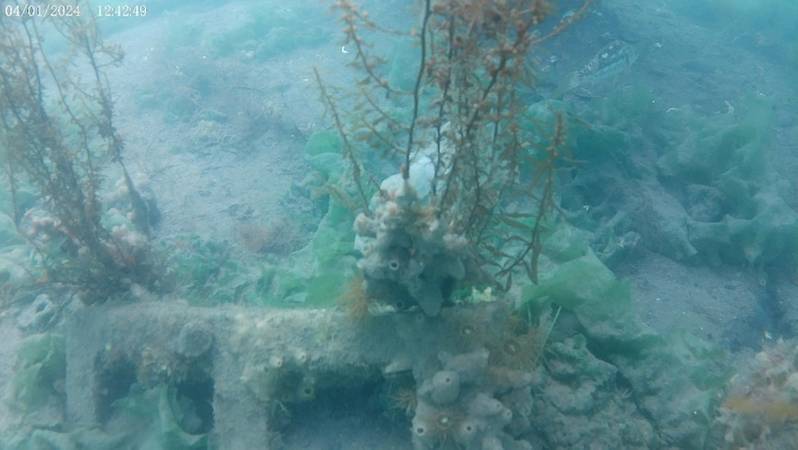 Figure 2. A Kelp Bass hides among a seaweed holdfast in this photo taken with a STEM Lander. (Photo by Sawyer Granados.)
Figure 2. A Kelp Bass hides among a seaweed holdfast in this photo taken with a STEM Lander. (Photo by Sawyer Granados.)
The STEM Lander is cheap enough to build several, but it won’t break the bank if one gets lost. They are reliable because they are simple. They can be built from a bag of parts in about 10 – 15 minutes. And they are just plain fun.
They work in fresh or salt water.
The 5-lb iron drop weight could be junk steel hardware or chain. It could be an equivalent water weight in gravel, but since stones have a smaller specific gravity than iron, it’ll weigh more in air. Estimate the weight of rock required by the ratio of specific gravity of stone (2.7) and iron (8). Subtract the buoyant force of water (1) from each. Estimate to predict, then measure actual water weight to confirm. Record your data. The final test to confirm your hypothesis is attaching the gravel anchor to the STEM Lander, and lowering the whole assembly into seawater. Using a postal or fishing scale, you’re looking for about 2-2.5-lbs negative weight.
The release is a dissolvable Life Saver or ice release as we described in Lander Lab 4 (Sept/Oct 2022).
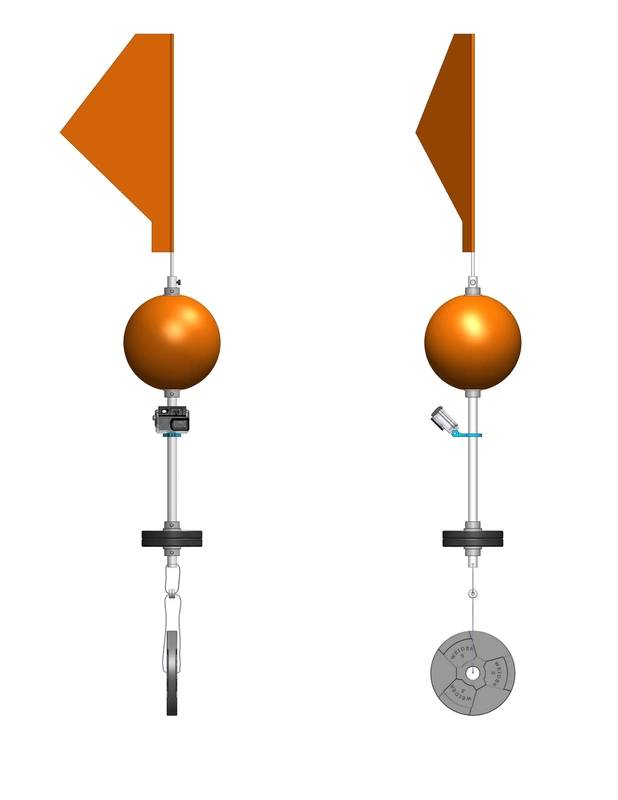 Figure 3. The STEM Lander is composed of an 8” plastic trawl float with a center hole, a ¾” Outside Diameter ABS or PVC center shaft, a 2.5-lb bar bell weight with a 1” Dia center hole, and a bicycle flag on a ¼” Dia fiberglass mast. The position of the sphere and counterweight are fixed by using hose clamps above and below the items. Another hose clamp is used to hold the recovery flag. A hole drilled through the bottom of the center shaft provides a place to tie the Life Saver release. A waterproof action camera in a housing, good to 100-ft/30m depth is the payload. A Bill of Materials is below. (Graphic by Global Ocean Design.)
Figure 3. The STEM Lander is composed of an 8” plastic trawl float with a center hole, a ¾” Outside Diameter ABS or PVC center shaft, a 2.5-lb bar bell weight with a 1” Dia center hole, and a bicycle flag on a ¼” Dia fiberglass mast. The position of the sphere and counterweight are fixed by using hose clamps above and below the items. Another hose clamp is used to hold the recovery flag. A hole drilled through the bottom of the center shaft provides a place to tie the Life Saver release. A waterproof action camera in a housing, good to 100-ft/30m depth is the payload. A Bill of Materials is below. (Graphic by Global Ocean Design.)
Different color Life Savers can hold different weights and have different release times. You can pick up a bag of multiple flavor LifeSavers at a local market. You might think of them as “dissolvable release elements”. As another experiment, try stacking two or three life savers together, test for release time, and document the results. Experiment to get your data and confidence in your machine. For reference, a typical release time for a single hard LifeSaver is 6-10 minutes depending on water temperature.
You can also test to see how much air weight the LifeSavers will hold. Consider whether the LifeSavers can hold the heavier air weight of the rocks, and how to transfer the load to the anchor to the LifeSavers out of the water, or after the anchor is submerged. Be careful to not snap load the LifeSavers by dropping the weights before the line is tight.
A recent UCSD graduate in ocean and atmospheric science, Jillian Cerbasi, is building an OpenCTD designed to reach 1,000m for about $1k in parts. It comes with calibration fluid. It’s perhaps not as precise as commercial units, but gives reasonable results. She has found the sensor elements pass pressure testing to 1,250m. Once complete, she will be able to profile the water column down to 1km and back again for the cost of a couple of life savers. I suspect she’ll be the subject of a future Lander Lab article. Figure 4. Jillian Cerbasi, a recent UCSD grad in ocean and atmospheric sciences, holds a conductivity probe adapted to a bulkhead fitting for an OpenCTD. The sensor has just passed pressure testing to 1,250m. (Photo by Kevin Hardy)
Figure 4. Jillian Cerbasi, a recent UCSD grad in ocean and atmospheric sciences, holds a conductivity probe adapted to a bulkhead fitting for an OpenCTD. The sensor has just passed pressure testing to 1,250m. (Photo by Kevin Hardy)
Conor Hardy, a San Jose fifth grader modified his STEM Lander to be used as a tethered Drop Cam. He did not use a release, but tied the anchor weight to the bottom of his lander. The length of the rope between the anchor weight and the lander determines how far above the seafloor the lander will float. Using a long rope tied below the float, he then lowered it by hand from a tall pier. He caught some great images of the pier pilings, pile perch, and other near shore fish.
A variation of Conor’s idea is tying a known length of the lowering line to a surface float. The surface float will suspend the camera at that specified depth in the water column, perhaps to observe fish gathering beneath a kelp paddy.
The Marine Technology Society-San Diego Section is helping spread the word about the STEM Lander as a tool of education and research. MTS-SD member Beto Campos is taking his son, Gabriel and his STEM Lander out to a local fresh water lake to learn about limnology. They strapped a small underwater flashlight onto their STEM Lander to help their waterproof action camera capture better images in darker deeper water.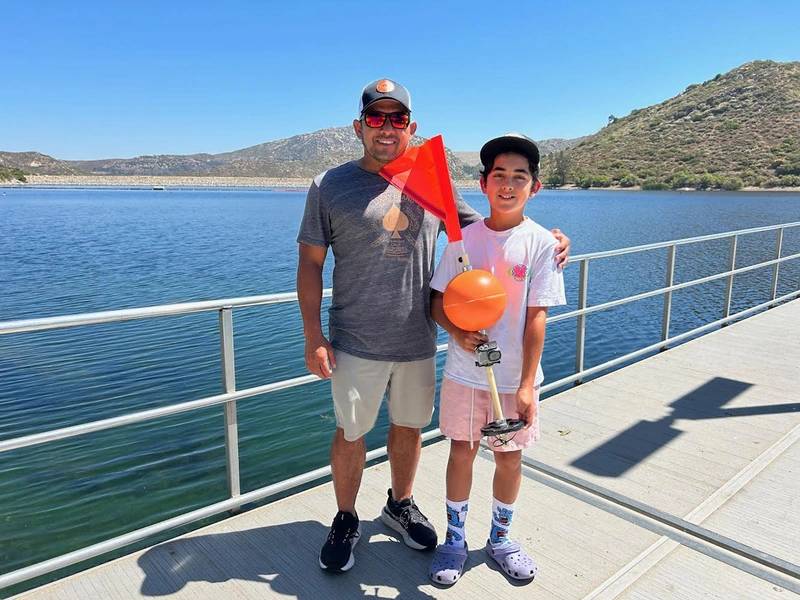 Figure 8. MacArtney General Manager Beto Campos and his son, Gabriel, study limnology, the inshore bodies of freshwater such as Lake Poway, San Diego County, California. (Photo by Beto Campos)
Figure 8. MacArtney General Manager Beto Campos and his son, Gabriel, study limnology, the inshore bodies of freshwater such as Lake Poway, San Diego County, California. (Photo by Beto Campos)
This author is working with the Marine Technology Society-San Diego Section, and Steven Granados, Math and Science teacher at Saint Augustine High School, San Diego, CA, to develop an intersession class using the STEM Lander as a teaching tool to demonstrate underwater physics, ocean engineering, marine science, and the history of exploration. Perhaps we can connect other teachers to Steven and start something fun and very interesting.If you build one, send us your best photo, including where it was launched, how deep it went, and what you think is interesting about the photo.
We can print a few every so often.
Reader Feedback: Comments on this article, abstracts of personal stories for possible publication, or suggestions for future topics are welcome. Please write to Kevin Hardy @ [email protected]
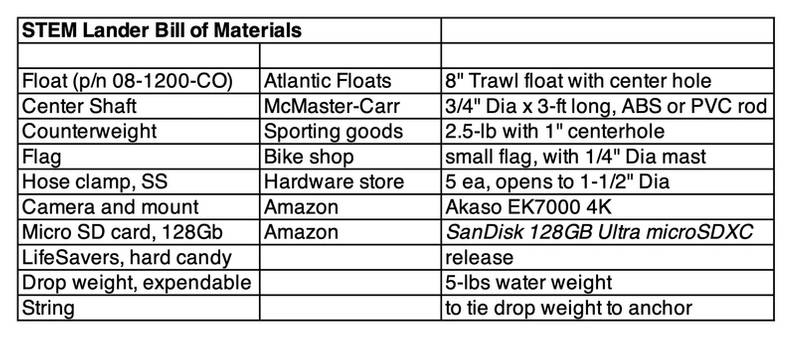 Figure 9. The Bill of Materials to build a simple STEM Lander. (Graphic by Global Ocean Design.)
Figure 9. The Bill of Materials to build a simple STEM Lander. (Graphic by Global Ocean Design.)





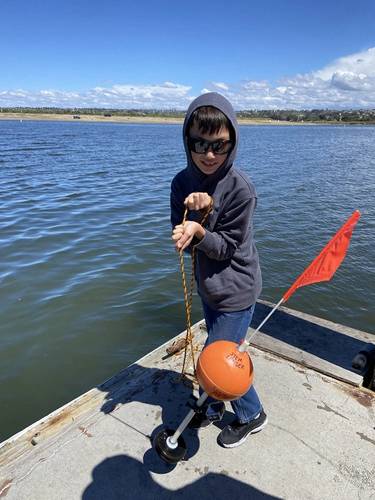
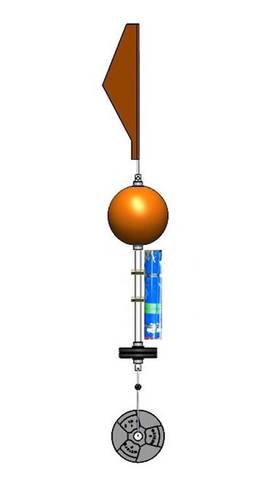
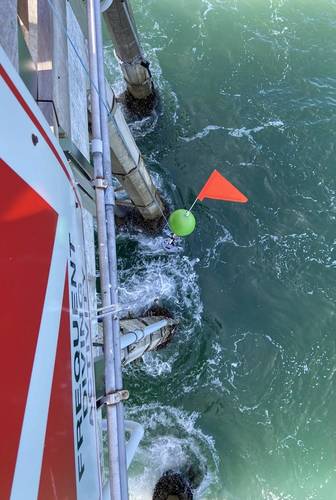

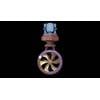
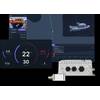
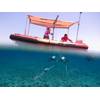
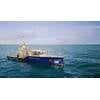
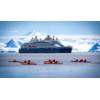







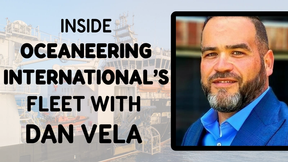
 August 2025
August 2025


